Protecting O&C Lands: Ancient Forests
Ancient Forests
Location: Western Oregon
Acres: 800,000+
Ecological value: Ancient forests, threatened and endangered species, healthy fish populations, clean and cool rivers
Economic value: Fishing, hiking, and clean water
Starting in the 1960s and continuing for much of the following three decades, the Bureau of Land Management clear cut forests in western Oregon at a rate of more than 50,000 acres a year. Trees grow back, but forests rarely do, and this is especially true of the Pacific Northwest's rain forests. Once these ancient stands of giant redwood, Douglas fir, spruce, and hemlock are logged, they and the web of life they support are gone forever.
Many of the towering giants that remain today, some measuring eight to ten feet in diameter, sprouted to life before Europeans settled Jamestown in 1607. More remarkable, according to the Bureau of Land Management, some trees on O&C lands took root as many as 250 years before Christopher Columbus set sail for the New World. Most of these native forests developed under climate conditions that were very different from those of today: It is simply impossible to re-create these complex landscapes.
Unfortunately, across the Northwest, less than 10 percent of these ancient forests remain. Some of the best examples of what is left are found in western Oregon on land originally set aside in the 1860s for the Oregon and California railroad. These old-growth forests provide critical habitat for the endangered northern spotted owl and the marbled murrelet seabird. They also filter western Oregon's extensive network of rivers, which is essential for providing drinking water and the survival of Chinook, coho, and steelhead salmon.
In addition to these ecological benefits, Oregon's ancient forests attract anglers, hikers, and other recreational users, which brings real dollars and jobs to the rural communities of southwestern Oregon. Throughout the state, outdoor recreation contributes more than $12.8 billion annually to the economy and supports more than 141,000 jobs. Nearly 2 million people in Oregon get their clean drinking water from sources within the O&C landscape— sources that do not require expensive filtration systems, thus saving millions of dollars for local communities.
Much of the public debate and litigation of the late 1980s and early 1990s over forest management in the Northwest concerned the logging of these ancient trees. Although some of those old disputes have cooled, the fundamental need remains for Congress to safeguard these forests. Legislation could establish permanent protection for more than 800,000 acres of land in western Oregon, ensuring that the area continues to support the hundreds of species that depend on forests for clean water and refuge.
Learn more about O&C Lands
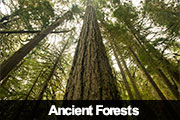 |
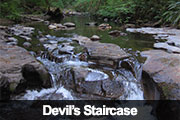 |
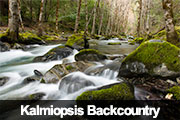 |
 |
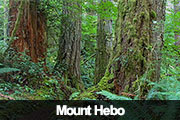 |
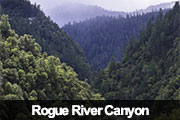 |
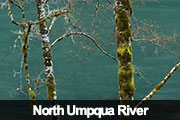 |
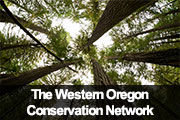 |
What are the O&C Lands
In 1866, Congress established a land-grant program for the Oregon & California (O&C) Railroad Co. to spur the completion of the rail line between Portland and San Francisco that required the company to sell the deeded land to settlers. Forty years later, when the company failed to meet the terms of the agreement fully, the federal government reclaimed more than 2 million acres of mostly forested land. Today, those O&C lands remain undeveloped and are administered by the Bureau of Land Management and the U.S. Forest Service.











